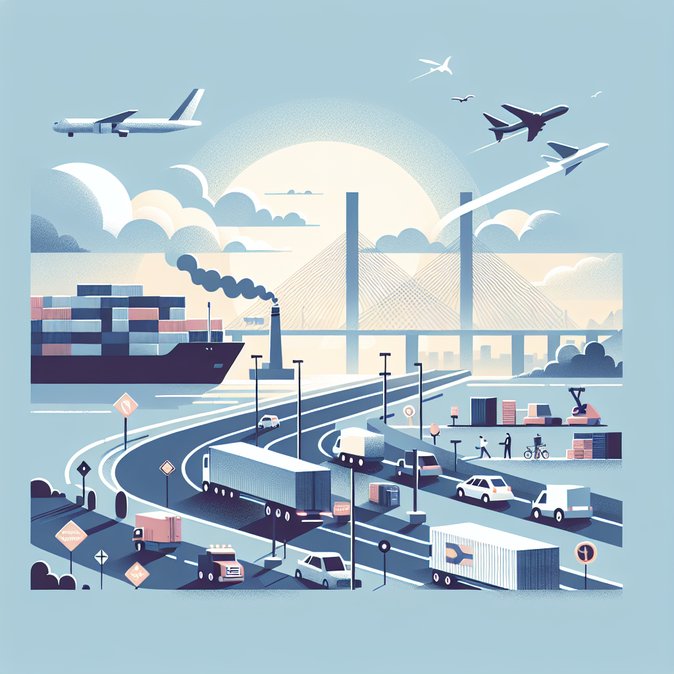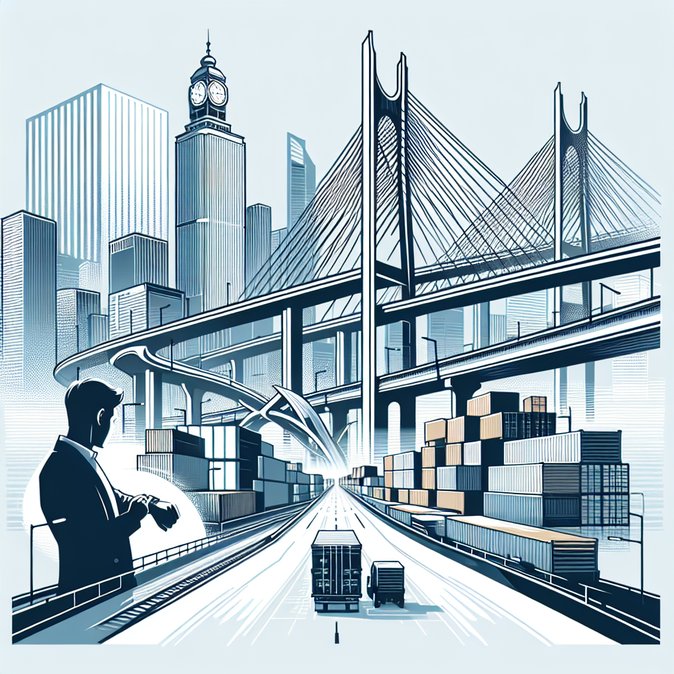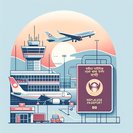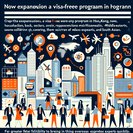
For nine hours on 15 November, one of Hong Kong’s busiest land crossings fell silent. To accommodate the first-ever cross-boundary marathon of China’s 15th National Games, authorities closed Shenzhen Bay Port, the Shenzhen Bay Bridge and the Kong Sham Western Highway between 02:00 and 11:00, stopping all passenger and vehicle clearance. The unprecedented shutdown affected thousands of truck drivers, cross-border coaches and private motorists who normally rely on the route to move between Hong Kong, Shenzhen and the western Pearl River Delta.
The Transport Department had briefed logistics companies earlier in the week that cargo trucks holding closed-road permits would need to divert to Lok Ma Chau, Man Kam To or Heung Yuen Wai control points. Nevertheless, freight forwarders reported journey-time extensions of up to three hours as diversions funnelled additional traffic onto already congested arteries. Cold-chain operators carrying fresh produce from the mainland into Hong Kong markets engaged contingency storage to maintain temperature control.
![Cross-Boundary Marathon Shuts Shenzhen Bay Port and Bridge, Disrupting Cargo and Commuter Flows]()
For business travellers, the most visible impact was the suspension of all cross-boundary coach services and taxis serving Shenzhen Bay. The Hong Kong Tourism Board issued late-night alerts urging visitors to reschedule flights or add rail legs via Lok Ma Chau. Several multinational firms with facilities in Yuen Long and Shenzhen organised chartered buses that avoided the sealed roads but incurred overtime costs for drivers and escorts.
Organisers argue the disruption was a worthwhile trade-off for showcasing “one-country, two-systems” sporting co-operation, with 20 elite runners crossing from Shenzhen into Hong Kong and back along the 42.195 km course. Critics, however, say the timing—peak Saturday export hours and the run-up to the U.S. Thanksgiving shipping rush—highlights a need for better stakeholder consultation when major events encroach on vital logistics corridors.
Normal services resumed gradually after 11:00, but industry bodies estimate that the temporary closure displaced roughly 10,000 passenger trips and 3,500 commercial vehicle movements. The experience is expected to feed into future frameworks for managing large-scale border events, including possible night-run formats or phased lane closures to keep at least limited cargo flow moving.
The Transport Department had briefed logistics companies earlier in the week that cargo trucks holding closed-road permits would need to divert to Lok Ma Chau, Man Kam To or Heung Yuen Wai control points. Nevertheless, freight forwarders reported journey-time extensions of up to three hours as diversions funnelled additional traffic onto already congested arteries. Cold-chain operators carrying fresh produce from the mainland into Hong Kong markets engaged contingency storage to maintain temperature control.

For business travellers, the most visible impact was the suspension of all cross-boundary coach services and taxis serving Shenzhen Bay. The Hong Kong Tourism Board issued late-night alerts urging visitors to reschedule flights or add rail legs via Lok Ma Chau. Several multinational firms with facilities in Yuen Long and Shenzhen organised chartered buses that avoided the sealed roads but incurred overtime costs for drivers and escorts.
Organisers argue the disruption was a worthwhile trade-off for showcasing “one-country, two-systems” sporting co-operation, with 20 elite runners crossing from Shenzhen into Hong Kong and back along the 42.195 km course. Critics, however, say the timing—peak Saturday export hours and the run-up to the U.S. Thanksgiving shipping rush—highlights a need for better stakeholder consultation when major events encroach on vital logistics corridors.
Normal services resumed gradually after 11:00, but industry bodies estimate that the temporary closure displaced roughly 10,000 passenger trips and 3,500 commercial vehicle movements. The experience is expected to feed into future frameworks for managing large-scale border events, including possible night-run formats or phased lane closures to keep at least limited cargo flow moving.










